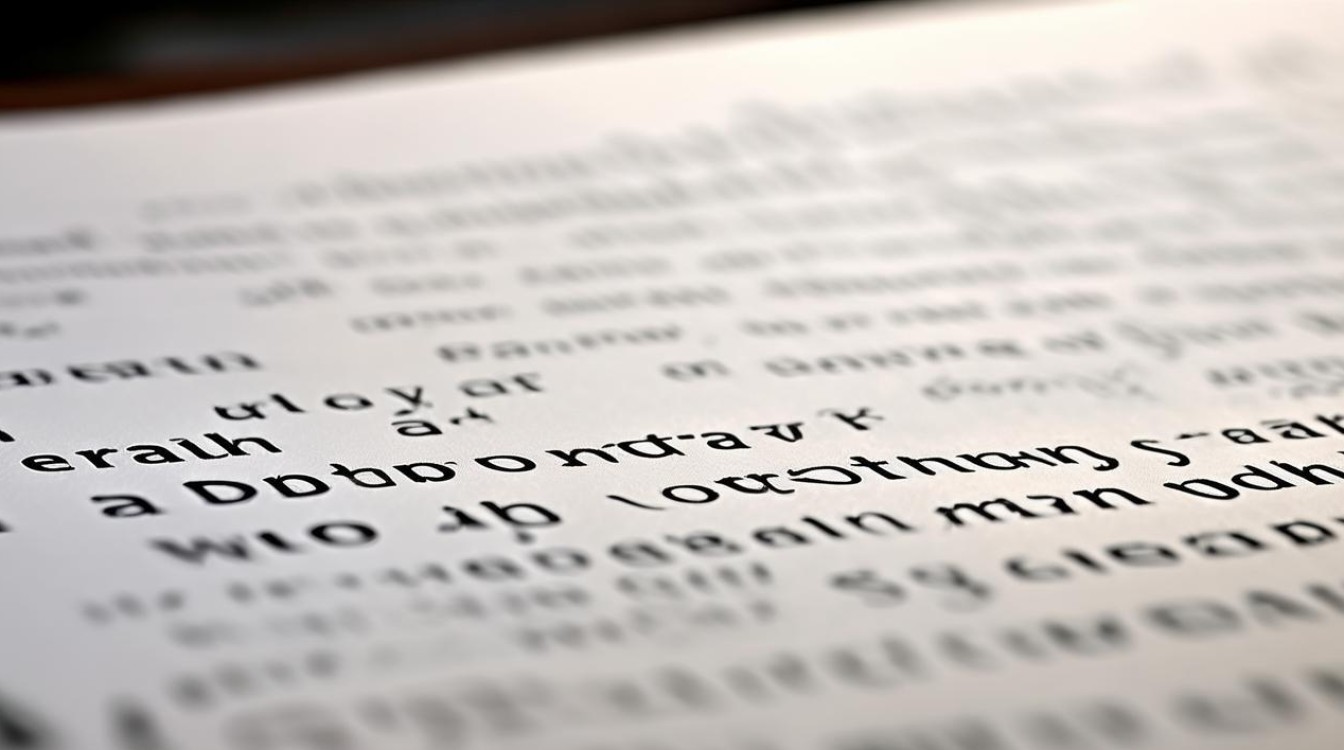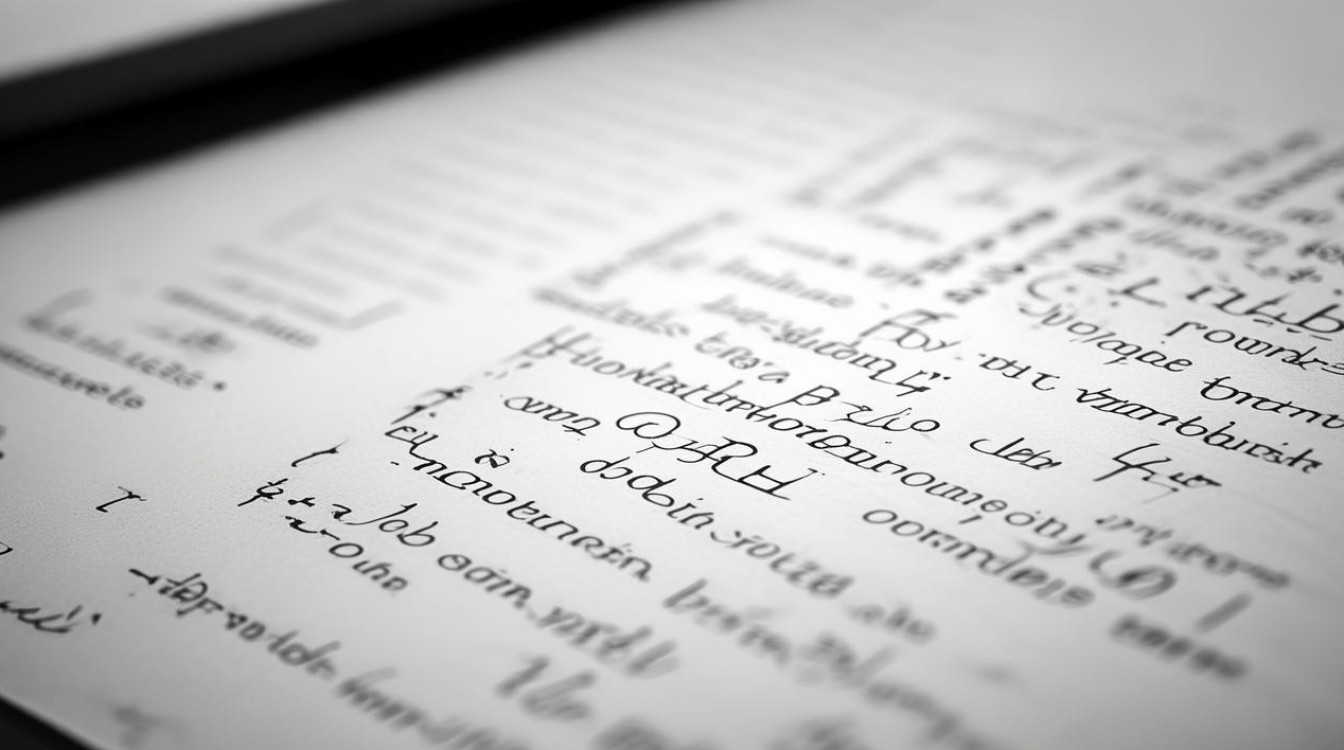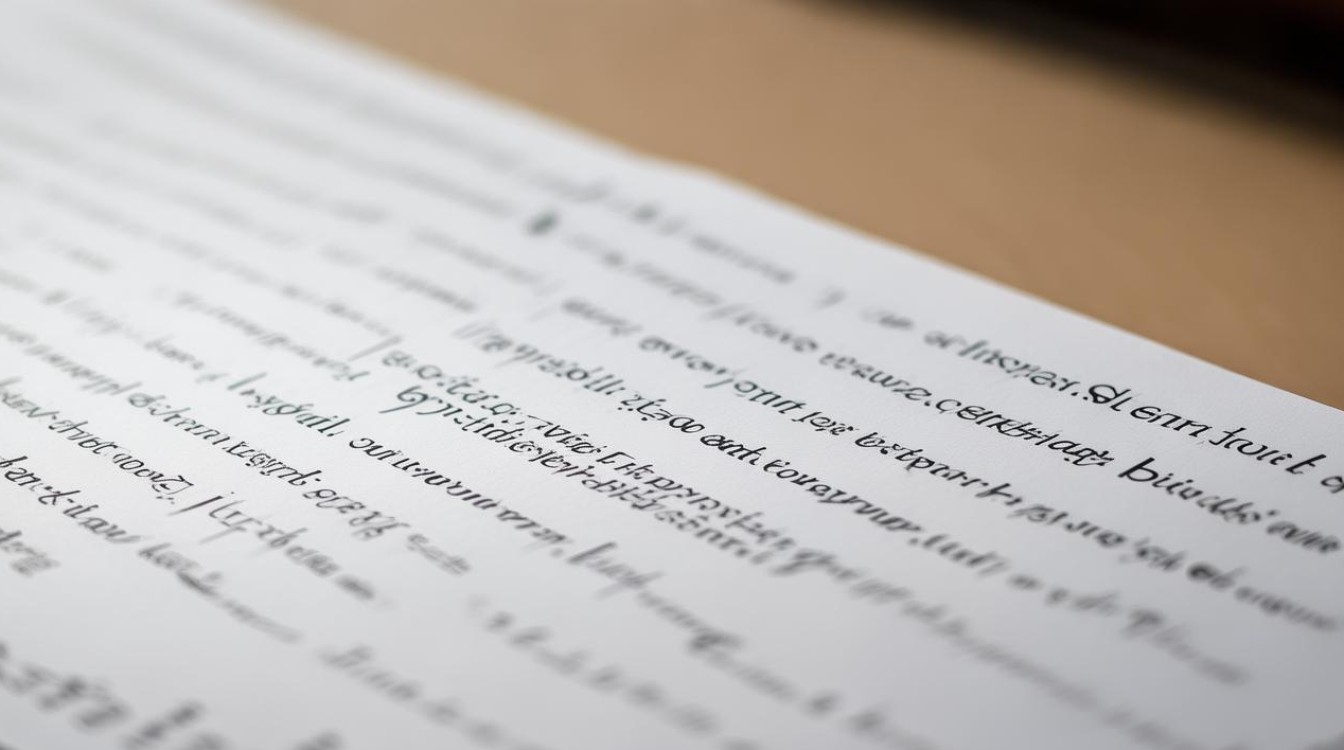基础日常词汇
人称与家庭
- I / me (我) – I like apples.
- you (你/你们) – You are my friend.
- he / him (他) – He plays football.
- she / her (她) – She sings well.
- father / mother (父亲/母亲) – My mother cooks dinner.
- brother / sister (兄弟/姐妹) – My sister reads books.
记忆技巧:将人称代词与家庭成员结合,通过简单对话练习,如:“This is my father. He is tall.”

数字与时间
- one, two, three (一、二、三) – There are two cats.
- morning / afternoon / evening (早晨/下午/晚上) – We study in the morning.
- Monday, Tuesday (星期一、星期二) – School starts on Monday.
实用搭配:结合日常作息表达时间,“I get up at seven o’clock.”
校园与学习词汇
学科与文具
- English / math (英语/数学) – We have English on Friday.
- book / pen / ruler (书/钢笔/尺子) – My pen is blue.
- teacher / student (老师/学生) – The teacher writes on the blackboard.
场景练习:描述书包里的物品,如:“There are three books and a pencil case in my bag.”
课堂指令
- read / write / listen (读/写/听) – Please read the text.
- open / close (打开/关闭) – Close your books.
- question / answer (问题/答案) – Answer the question.
互动建议:模拟课堂对话,“Can you answer this question?”

生活场景词汇
食物与饮料
- apple / banana (苹果/香蕉) – I eat an apple every day.
- water / milk (水/牛奶) – Drink more water.
- rice / noodles (米饭/面条) – We have rice for lunch.
扩展表达:学习点餐句型,如:“I would like some noodles, please.”
活动与爱好
- play / run / swim (玩/跑/游泳) – They play basketball.
- music / sport (音乐/运动) – She likes music.
- draw / sing (画画/唱歌) – Can you sing a song?
兴趣引导:用句型 “Do you like…?” 提问,“Do you like drawing?”
高频动词与短语
基础动作词
- go / come (去/来) – We go to school.
- have / has (有) – She has a red dress.
- like / love (喜欢/爱) – I like ice cream.
语法注意:第三人称单数加 -s,如:“He likes dogs.”

常用短语
- get up (起床) – I get up at 6:30.
- go home (回家) – They go home after school.
- good at (擅长) – She is good at math.
实用建议:用短语造句,如:“Are you good at swimming?”
形容词与反义词
描述性词汇
- big / small (大的/小的) – This is a big house.
- happy / sad (开心的/难过的) – She looks happy.
- hot / cold (热的/冷的) – The water is cold.
对比记忆:列出反义词对,如:“long – short”。
颜色与形状
- red / blue / green (红/蓝/绿) – The sky is blue.
- circle / square (圆形/方形) – Draw a circle.
视觉辅助:用彩色图片帮助记忆颜色单词。

高效记忆方法
- 分类记忆:按主题分组单词,如“学校”“家庭”。
- 联想造句:每个新词造一个简单句。
- 卡片复习:制作单词卡,正面英文,背面中文。
- 听力跟读:通过音频纠正发音。
坚持每天学习10个单词,配合听写和口语练习,词汇量会稳步提升。

